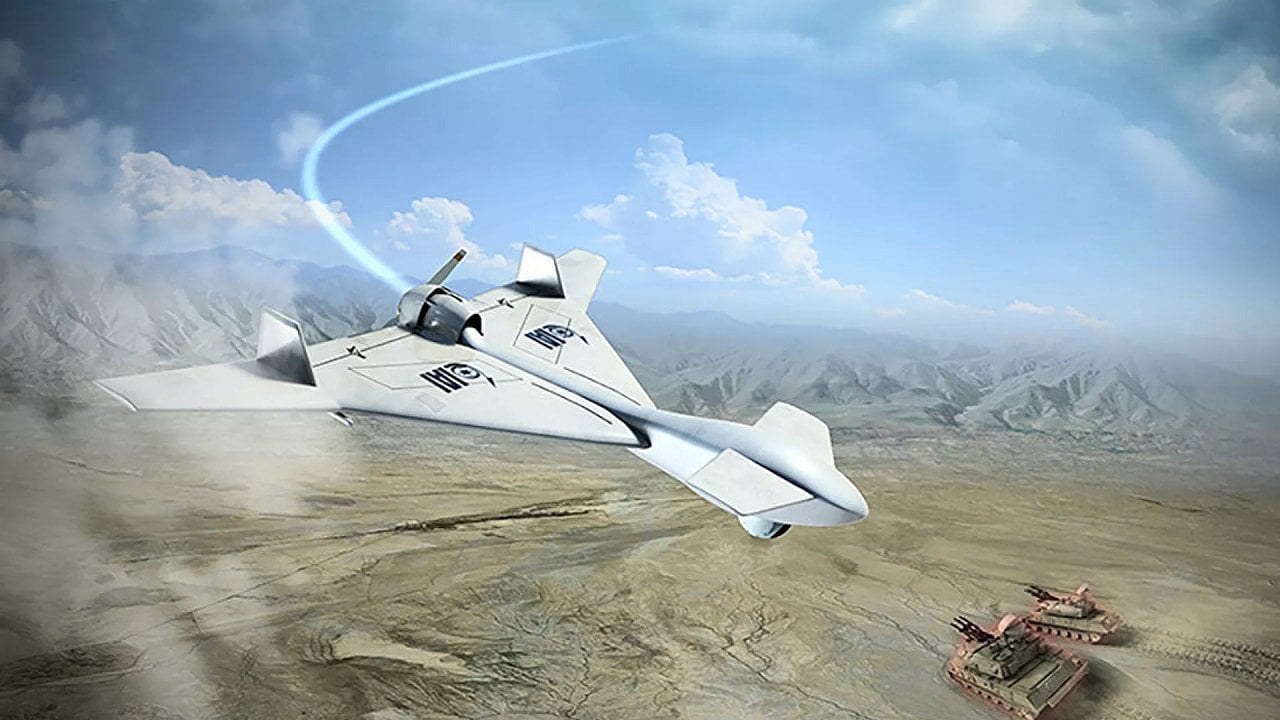Israel’s Harop “suicide” drones project a lethal combination of traditional missile power and unmanned aircraft capabilities. This loitering munition system developed by Israel Aerospace Industries is designed to locate and precisely attack targets. Unlike its counterparts, the Harop does not need additional munitions to take out a target since the drone itself is a munition.
While the Harop primarily functions as a Suppression of Enemy Air Defenses (SEAD) weapons system, its lethal capacity has proven to be a forceful asset on the battlefield. The Harop gained widespread attention in the Nagorno-Karabakh conflict last year when videos circulated depicting the horrific screaming noise the weapon produces in its final maneuver. Today, six countries operate the Harop drone.
Loitering to Action
The Israel Defense Force’s (IDF) first encounter with using drones in warfare occurred in 1973 when U.S.-made Firebee and Chukar drones helped secure the Jewish state’s win in the Yom Kippur War. In the aftermath of the conflict, Israel began manufacturing its own aircraft that could help the IDF distract and stimulate enemy radar. By the 1990s, Israeli manufacturers came up with the Harop’s drone predecessor, Harpy. This smaller, cost-effective weapon was equipped with loitering capabilities, meaning it would linger around a target area and only attack when a target became visible. The Harpy featured a 70-hp high-explosive warhead and soon became a significant asset to the IDF.
In the late 1990s, the conception behind the Harop “suicide” drone was underway. The Harop is larger than its predecessor and can be reconfigured for multiple functions, including gathering electronic and electro-optical intelligence, attacking radars, and even attacking targets of opportunity. The Harop is also equipped with a longer loitering time and range than the Harpy. The drone is used to attack high-value targets since it does not need to rely on external intelligence or munitions to detect, locate, and take out a target. According to Israel Aerospace Industries, the Harop is programmed to fly in a pre-determined “holding area” while it loiters. The operator can control the drones in the “holding area” and essentially assign each Harop a target to attack. The operator has the ability to abort an attack, even after the Harop is launched, and can assign the same drone to re-attack if required.
Additionally, the Harop can be launched from a variety of platforms, including sea-based canisters. Last year, IAI announced the sale of the naval and ground versions of Harop to an undisclosed country in Asia. The maritime variant of the drone uses a different format for use at sea but is equally effective in detecting and destroying targets. IAI said, “In a complex naval theater, the Harop system gives mission commanders in a fleet of ships the capability to independently and organically collect intelligence, assess targets and strike.”
The Harop land-based variant has also been successfully exported by IAI. In fact, the first time it was used in an offensive action is believed to be by Azerbaijan in the 2020 Nagorno-Karabakh conflict. As the supreme suicide drone in existence today, the Harop will certainly play an active role in future conflicts.
Maya Carlin is a Middle East Defense Editor with 19FortyFive. She is also an analyst with the Center for Security Policy and a former Anna Sobol Levy Fellow at IDC Herzliya in Israel. She has by-lines in many publications, including The National Interest, Jerusalem Post, and Times of Israel.

